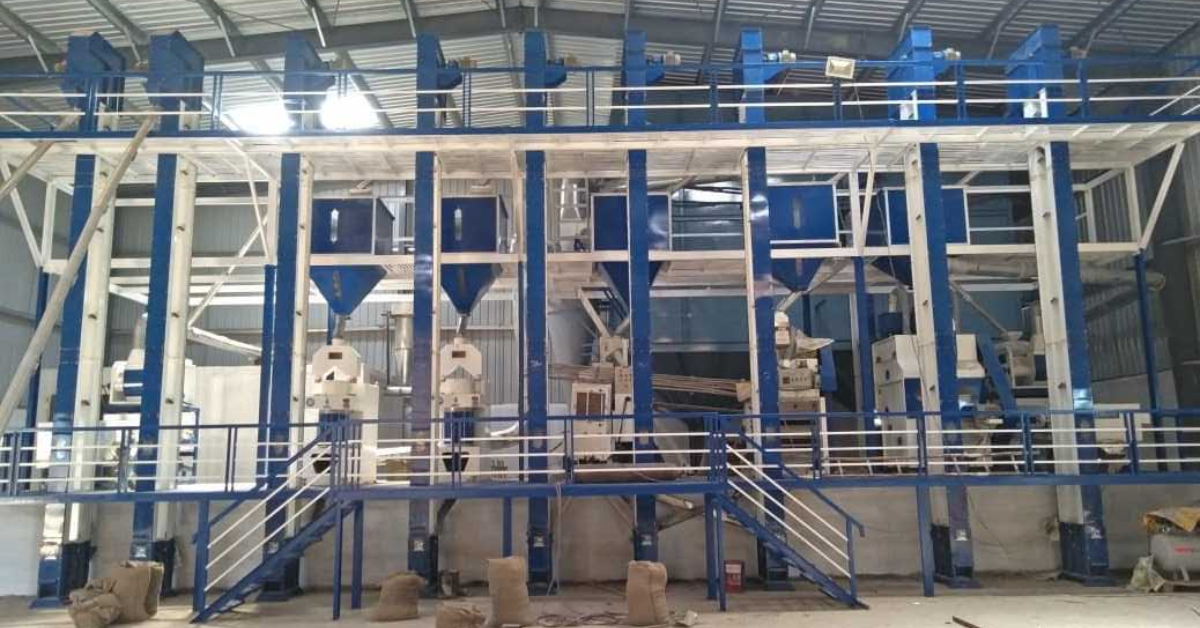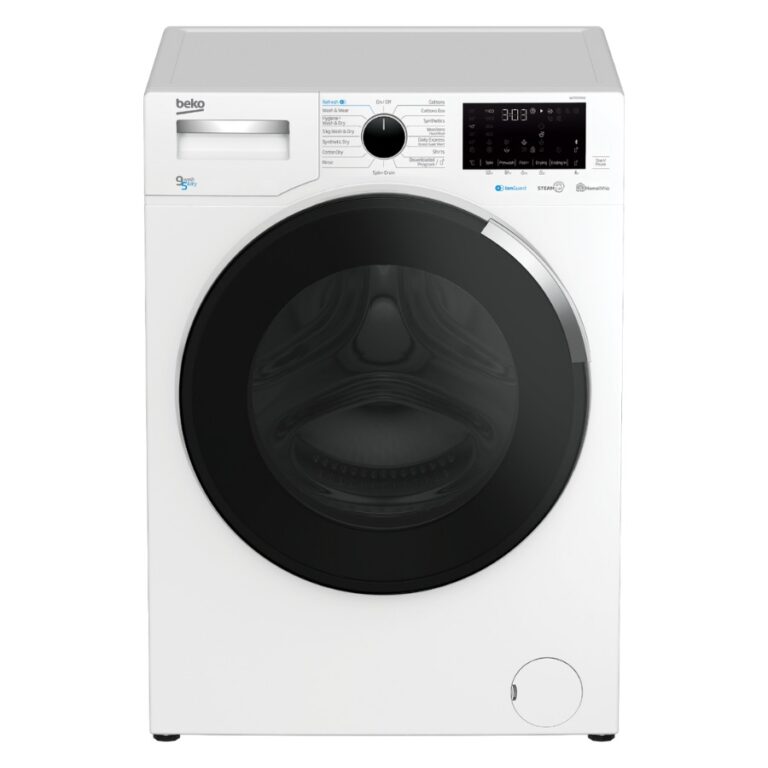Transforming the Grain Industry with Modern Rice Processing Machines
Rice is a staple food for over half the global population, and the demand for high-quality rice continues to grow. To meet this demand efficiently, the rice milling industry has shifted from traditional methods to modern machinery. A Rice Processing Machine plays a crucial role in transforming raw paddy into market-ready polished rice with minimal waste and maximum efficiency. The use of advanced processing equipment ensures superior quality, hygiene, and productivity, making it an essential investment for rice millers around the world.
What is a Rice Processing Machine?
A Rice Processing Machine refers to any mechanical device used in the post-harvest process of converting paddy into white or polished rice. This machinery handles several functions, including cleaning, dehusking, separating, whitening, polishing, grading, and packaging. The modern rice processing line comprises interconnected machines, each responsible for a specific step, ultimately resulting in rice that is clean, uniform, and ready for the market.
Components of a Rice Processing Line
The rice milling process involves multiple stages, and each stage has its specialized equipment. Here are the main machines involved in a standard rice processing plant:
Pre-Cleaner
The pre-cleaner removes impurities like straw, dust, stones, and other foreign materials from the paddy. This step prevents damage to downstream machines and ensures higher milling efficiency.
Dehusker (Husker)
This machine removes the outer husk layer from the paddy. Rubber roll huskers are widely used due to their ability to remove husks efficiently while minimizing grain breakage.
Paddy Separator
After dehusking, a mixture of brown rice and unhusked paddy is formed. The paddy separator separates the unhusked grains so they can be returned for further husking.
Whitening Machine
This machine removes the bran layer from brown rice to produce white rice. Vertical and horizontal whitening machines are commonly used depending on capacity and desired quality.
Polishing Machine
The polishing machine enhances the appearance of white rice by giving it a shiny, smooth finish. This step is especially important for rice destined for export or high-end markets.
Grading Machine
Grading machines separate rice based on size and quality. Uniform grain size is a key indicator of high-quality rice and directly impacts market value.
Color Sorter
This high-tech equipment uses optical sensors to detect and remove discolored or defective rice grains, ensuring only premium-quality rice makes it to the packaging line.
Packing Machine
Automated packing machines weigh and package the final rice product, ensuring consistency, safety, and longer shelf life.
Benefits of Using a Modern Rice Processing Machine
Investing in a modern rice processing machine offers a wide range of advantages that contribute to operational efficiency, cost savings, and product quality:
Higher Productivity
Advanced rice processing machines can handle large volumes of paddy quickly and efficiently, making them ideal for both small-scale and large-scale operations.
Improved Quality
Automated machines maintain consistent standards in whitening, polishing, and grading, resulting in a uniform and marketable rice product.
Reduced Labor Costs
Automation reduces the need for manual labor and minimizes human error, leading to significant cost savings over time.
Hygiene and Safety
Modern machines are made with food-grade stainless steel and designed to meet hygiene regulations. This ensures a safe product that meets both local and international standards.
Versatility
Most modern machines are adaptable and can process different types of rice, such as basmati, long-grain, short-grain, and parboiled varieties.
Energy Efficiency
Newer models are designed to consume less power, reducing operational costs and environmental impact.
Key Considerations When Buying a Rice Processing Machine
Purchasing the right rice processing machine requires careful evaluation of several factors:
Production Capacity
Choose a machine that aligns with your milling capacity. Over- or under-capacity can affect productivity and return on investment.
Automation Level
Decide between semi-automatic and fully automatic models based on your operational needs and budget.
Machine Quality
Look for durable construction, preferably with stainless steel components, to ensure longevity and resistance to corrosion.
After-Sales Support
Ensure the manufacturer offers comprehensive after-sales service, spare parts availability, and technical support.
Customization
Depending on your rice type and local requirements, you may need machines with specific features or configurations.
Why Choose Ricetec Machinery?
Ricetec Machinery is a renowned name in the rice milling industry, known for delivering cutting-edge rice processing machines with world-class technology. Here’s why millers prefer Ricetec:
-
High-performance, precision-engineered machines
-
Custom-built solutions tailored to individual milling needs
-
Energy-efficient designs that reduce operational costs
-
Strong after-sales support and training
-
Proven track record across domestic and international markets
Whether you’re setting up a new rice mill or upgrading an existing one, Ricetec Machinery provides a comprehensive range of equipment that ensures reliability, quality, and profitability.
Maintenance Tips for Rice Processing Machines
Proper maintenance ensures your rice processing equipment remains in top condition for years. Follow these maintenance tips for optimal performance:
-
Clean all components regularly to prevent dust and bran build-up
-
Lubricate moving parts according to the manufacturer’s schedule
-
Check electrical and motor systems periodically
-
Replace worn-out parts promptly to avoid major breakdowns
-
Schedule professional servicing at least twice a year
Future Trends in Rice Processing Machines
The rice milling industry is rapidly evolving with new technologies. Here are some trends shaping the future:
Digital Monitoring
Machines integrated with IoT can track performance, detect faults, and predict maintenance needs.
AI and Machine Learning
Smart sorting and grading systems that use artificial intelligence for better precision and adaptability are gaining popularity.
Modular Machinery
Compact, modular units are increasingly preferred for small and medium-scale rice mills due to ease of installation and scalability.
Eco-Friendly Models
Energy-efficient motors and waste-reduction features are becoming standard to align with sustainability goals.
Frequently Asked Questions (FAQ)
What does a rice processing machine do?
A rice processing machine handles the transformation of paddy into white rice by cleaning, dehusking, separating, whitening, polishing, and packaging it.
Are rice processing machines suitable for all rice types?
Yes, most modern machines are designed to handle a variety of rice types including basmati, jasmine, long-grain, and parboiled rice.
How much does a rice processing machine cost?
The cost varies based on the capacity, level of automation, and brand. It can range from a few thousand to several lakhs depending on the features.
Is regular maintenance required for rice processing machines?
Yes, routine maintenance is essential to ensure longevity, consistent performance, and to prevent unexpected breakdowns.
Can Ricetec Machinery help with installation and training?
Yes, Ricetec Machinery offers end-to-end support, including installation, operator training, and after-sales service to ensure seamless integration.
Conclusion
A Rice Processing Machine is more than just equipment—it’s an investment in efficiency, quality, and profitability. In today’s competitive rice milling market, having the right machinery can significantly impact your bottom line. From pre-cleaning to final packaging, modern machines offer unmatched speed, precision, and hygiene. Ricetec Machinery continues to lead the way in delivering reliable, innovative, and cost-effective solutions for rice millers around the globe. Whether you’re upgrading your current setup or launching a new facility, choosing the right rice processing machine will set the foundation for long-term success.







